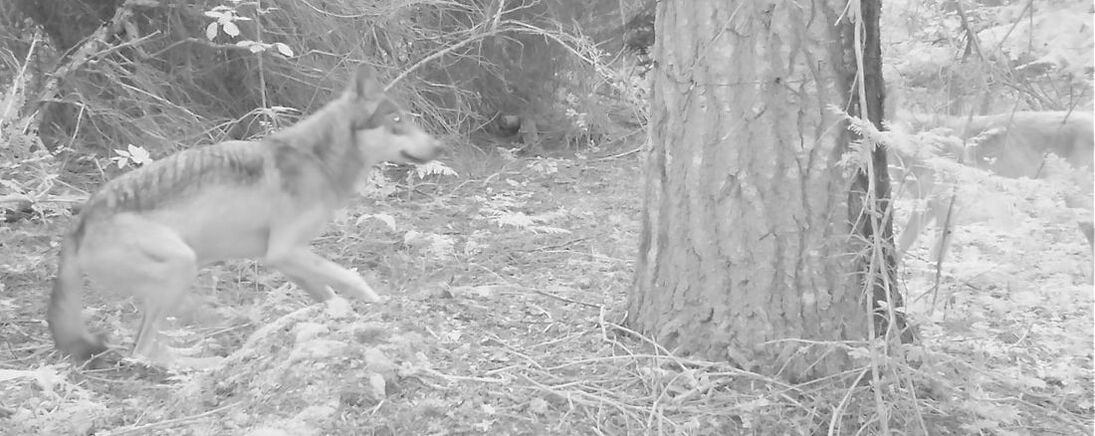Join the Camera Crew!
Help maintain a trail camera in Mt. Hood National Forest!
|
Camera surveys are a low-impact way to unobtrusively collect information on the presence of wildlife in our forest. Cascadia Wild operates over sixteen wildlife cameras in the Mt. Hood National Forest, all maintained by Cascadia Wild volunteers who are taking part in long-term data collection that will shape research and management decisions - true community science!
|
|
|
Cameras are maintained entirely by volunteers.
This summer, Cascadia Wild will be maintaining 16 cameras on the Mt Hood National Forest and will also be helping with approximately 30 cameras that are part of a research study by Washington State University. Checking a camera is usually a full-day trip. Equipment will need to be picked up from the Cascadia Wild office. During your camera check, you will change out the batteries and memory card, refresh the bait, and collect any hair or scat samples. Afterward, you will return the equipment and photos you collected, and submit a data sheet. Cameras are at various sites all over the Mt Hood National Forest. Some cameras are close to a road, while others require a 10 mile hike into the wilderness area. Some require driving on dirt roads, others do not. Some cameras need to be visited every 3-5 weeks, others only need to be visited once or twice in August and September. After attending the training, which will explain what to do on a camera visit, you will be able to sign up for the camera location and dates that fit your hiking ability, preferences. and availability. You can sign up with friends, or by yourself and be paired with other volunteers. We require a minimum group size of 3 people on each camera visit. |
|
Summer Camera Crew Qualifications Each member of a Camera Crew must be able to:
|
EQUIPMENT neededProvided Equipment
Cascadia Wild will provide a Camera Kit with most of the gear you will need. You will need to pick up the Camera Kit from our office before heading out to visit your camera.
Cameras, and at some site hair snaggers or bait boxes, will already be installed on the National Forest. |
Other Required Equipment The following items are also required, and can be checked out from Cascadia Wild on a first-request basis, subject to availability.
You will need to provide:
|
|
REQUIRED ONLINE TRAINING
Before attending the first camera check of the season, participants need to attend the online training session. The training will cover background information on the project and our target species, what to do on a camera check, and how to stay safe in the forest. protocols.
This trainings will be recorded for those who can't attend. |
OPTIONAL FIELD TRAININGS
We are also offering optional in-person field training to cover navigation practices, using a GPS, and camera site procedures, for those that would like the additional, hands-on training or refresher. Choose one date, each session will cover the same information. Field Trainings at Alberta Park in NE Portland (map)
Field Training at Mt Hood
An additional Field Training will be held on July 27 for those helping with the Washington State University cameras. |
Camera Locations summer 2024Locations of trail cameras are determined based on where we expect to encounter target species. Specifically, we are interested in documenting gray wolves, who are known to inhabit the eastern forest, and Sierra Nevada red foxes, who are known to inhabit the higher elevations of Mt. Hood. We also consider areas where these animals may travel through or relocate.
|

|
|
Copyright © 2021
|